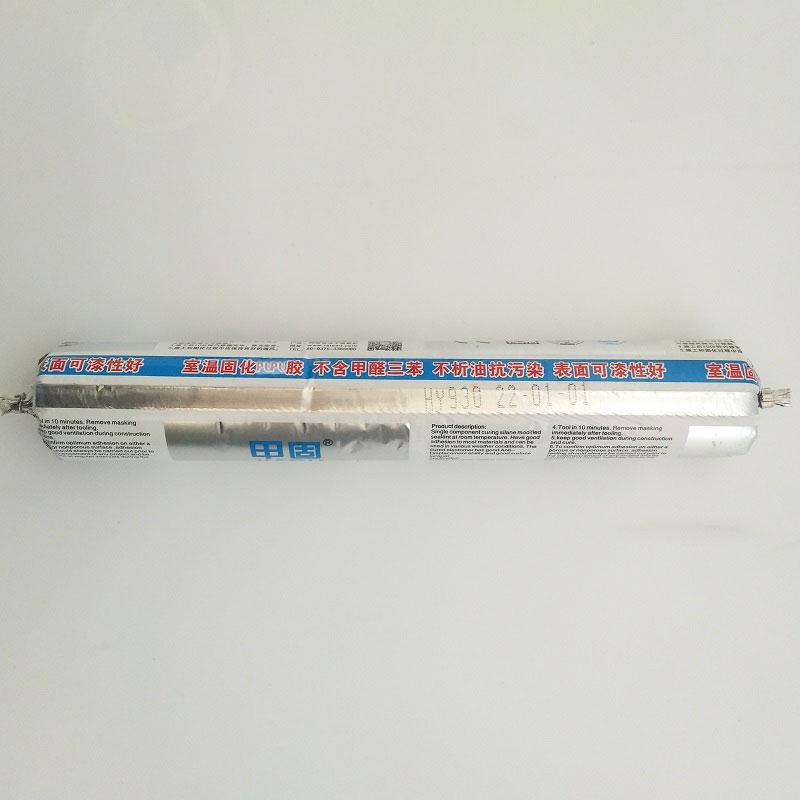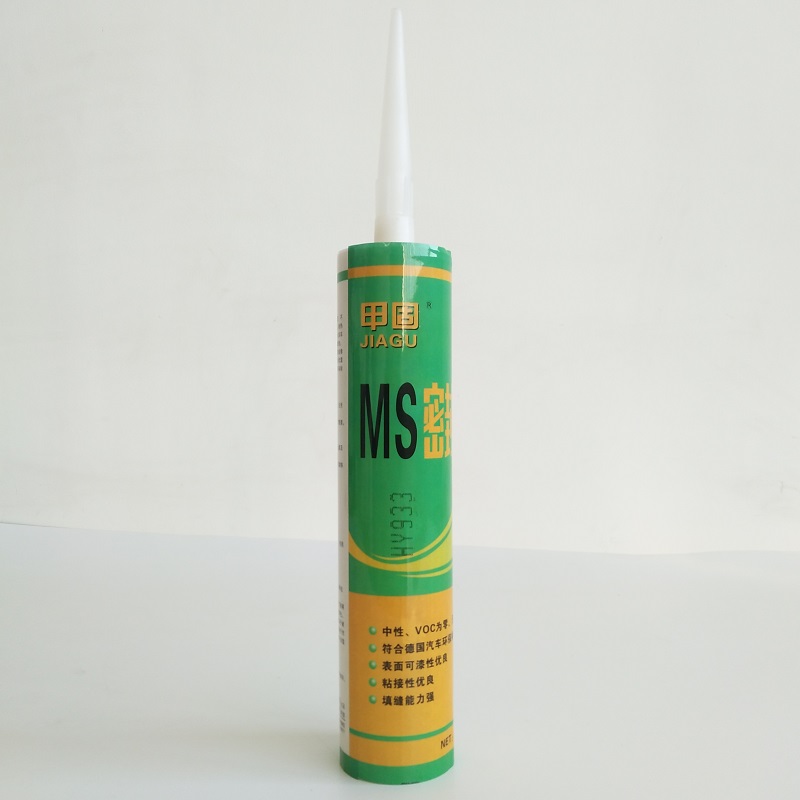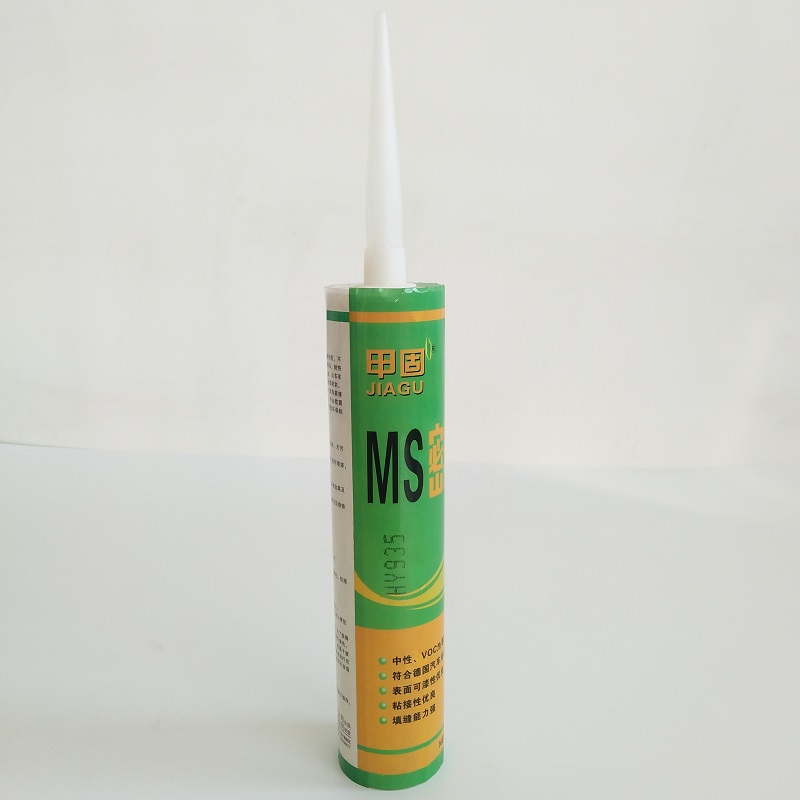Application case of electronic thermal conductive adhesive
Thermally conductive silicone rubber sealant, referred to as RTV-1 sealant, has the advantages of no solvent, no isocyanate, anti-pollution after curing, green environmental protection, excellent heat resistance and anti-aging ability. Suitable for thermal sealing of mechanical equipment and electronic components. This product complies with environmental protection requirements, does not contain harmful substances in GB18583 "Limitations of Hazardous Substances in Adhesives for Interior Decoration Materials", and complies with EU ROHS and REACH environmental protection standards.
Excellent thermal conductivity, solvent-free, PVC-free, isocyanate-free, non-toxic, neutral and environmentally friendly. Excellent thixotropy and extrudability, suitable for a wide temperature range. Excellent adhesion to most metals such as aluminum, painted steel, and PVC, ABS, and polyester materials. Excellent weather resistance, aging resistance, excellent tensile and compression recovery.
Thermally conductive silicone rubber sealants are moisture-absorbing and curing adhesives. Once the colloid is opened, the colloid absorbs the moisture in the air, gradually solidifies from the colloid surface to the deep layer, and becomes an elastomer. The higher the temperature and humidity, the faster the cure; the slower the cure at low temperature and low humidity.
Excellent thermal conductivity, solvent-free, PVC-free, isocyanate-free, non-toxic, neutral and environmentally friendly. Excellent thixotropy and extrudability, suitable for a wide temperature range. Excellent adhesion to most metals such as aluminum, painted steel, and PVC, ABS, and polyester materials. Excellent weather resistance, aging resistance, excellent tensile and compression recovery.
Thermally conductive silicone rubber sealants are moisture-absorbing and curing adhesives. Once the colloid is opened, the colloid absorbs the moisture in the air, gradually solidifies from the colloid surface to the deep layer, and becomes an elastomer. The higher the temperature and humidity, the faster the cure; the slower the cure at low temperature and low humidity.




